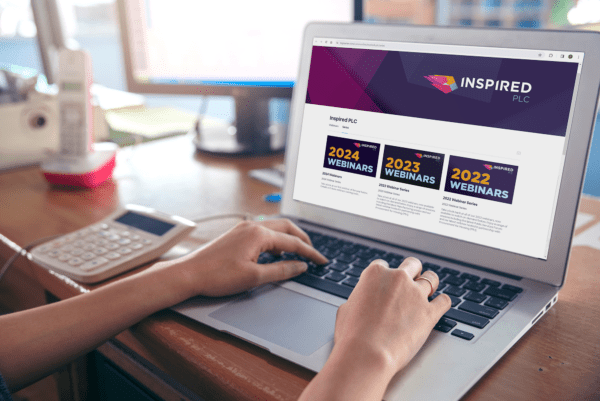
ESOS Phase 3 – Five steps to ensure your report is submitted on time
The Energy Savings Opportunity Scheme (ESOS) phase 3 deadline is fast approaching, but with a deadline date of 5th of December 2023, it can seem like you have lots of time and be tempting to put off compliance until later. But you may run the risk of not submitting on time.
The Energy Savings Opportunity Scheme (ESOS) phase 3 deadline is fast approaching, but with a deadline date of 5th of December 2023, it can seem like you have lots of time and be tempting to put off compliance until later. But you may run the risk of not submitting on time.
As a mandatory energy assessment scheme for qualifying UK businesses, the sooner you’re able to implement your ESOS recommendations the quicker you’ll be able to take advantage of the financial benefits.
Secure a Lead Assessor
A qualified Lead Assessor should review your ESOS report. During Phase 1 and 2, qualified Lead Assessors were in short supply as the deadline approached. This meant businesses faced even more pressure to complete their reporting and have a Lead Assessor review everything before the deadline.
Here are five steps to ensure you submit your report on time.
1. Measure your total energy consumption
Look at your business’s overall energy consumption, including buildings, industrial processes, and transport — both employee and business travel. Record your energy consumption in a common unit, such as kWh or in pounds sterling.
2. Identify and audit areas of significant energy consumption
The ESOS scheme requires your business to identify any areas where there is significant energy consumption. You are however, allowed to leave out up to 5% of your energy consumption by categorising it as ‘de minimis’ (too minor to consider). This could be anything from a specific site or usage of a specific fuel. You must then carry out and audit of all the areas of your business that make up 95% or more of your energy use. The audit must meet certain criteria to be ESOS compliant.
3. Identify possible ways to improve energy efficiency
Energy efficiency is a top priority in your ESOS report, and you should now be able to create a list of all the ways you can improve your businesses energy efficiency. Remember to include practical suggestions that explain the estimated costs and benefits too, covering reduced cost, consumption and emissions.
4. Get the report checked over
An appointed Lead Assessor should check your report to ensure that it meets all requirements. However, there are a few exceptions:
- If 100% of your energy use is already covered by ISO 50001 certification
- If the business’s total annual energy consumption is below 40,000 kWh
- If you have zero energy suppliers – you will still need to notify the Environment Agency to confirm this
You can sign off your report once it has been reviewed by both your Lead Assessor and a Director.
5. Notify the Environment Agency
Lastly, you will need to notify the Environment Agency that you have completed your energy audit for ESOS compliance.
Working with a trusted expert
By starting your ESOS reporting requirements now, you can benefit from identified savings opportunities. ESOS offers your business an opportunity to create long-term energy, cost, and carbon savings ahead of the deadline.
Working with a trusted energy partner can help you go beyond compliance and demonstrate your commitment to carbon reduction for your wider decarbonisation strategy. Our experts have helped save over £96M in identified opportunities in Phase 2 alone and our audits have a 100% pass rate from the Environment Agency.
To get ahead on your ESOS reporting, get in touch with our experts today on 01772 689250 or email [email protected].
The government recently published its outcome on the ESOS consultation. Read more on the changes here.










